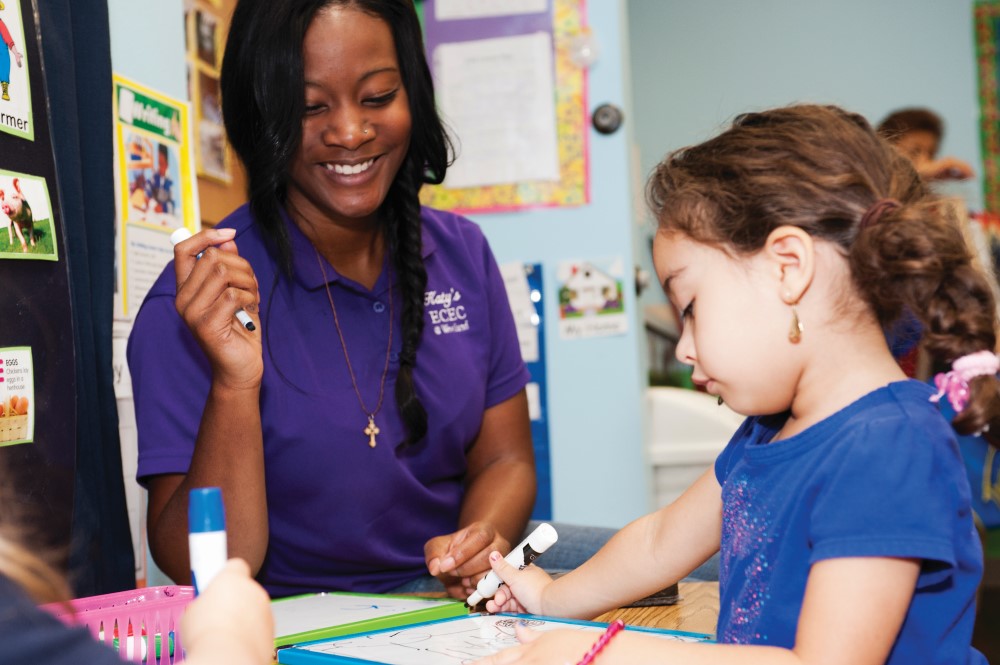Metro Area Public Schools Improve Performance in New Accountability Scores
Published Aug 26, 2022 by A.J. Mistretta
Houston area public schools showed marked improvement in the most recent accountability ratings released by the Texas Education Agency.
The ratings released in August show that 341,000 area students out of nearly 500,000 are learning in schools rated A/B, according to an analysis by Good Reason Houston, an education nonprofit that works with 13 area independent school districts and charter school networks. The number of students in A/B schools is up 36% from the 250,000 young people on A/B campuses in 2019, the last year public ratings were issued.
Roughly 157,000 students are now learning in C or “unrated” campuses compared to 265,000 in 2019. Of the 157,000 in the most recent report, 109,000 students are attending C-rated schools with the remaining 48,000 students attending “not-rated” (effectively D/F schools).
The analysis from Good Reason Houston points out that while performance improvement is encouraging, data shows that student achievement dipped significantly during the 2020-2021 academic year resulting from COVID-19 disruptions. “Last year’s low achievement scores set the stage for an uncharacteristically large growth in student achievement this year,” according to Good Reason. The organization said that going forward “district leaders, principals, and teachers must double-down on efforts to accelerate student learning for every child in every school. Our community must hold our education leaders accountable and invest the resources needed to sustain student growth for years to come.”
Out of the 111 schools rated D or F in 2019, 68 improved their rating to an A or B in 2022. HISD reduced the number of D and F or “not rated” campuses from 48 to 10 while Spring ISD reduced its number of low-performing campuses from 15 to 4.
The TEA’s Accountability Rating System is an annual measure of school performance that rates schools on an A through F scale. The system takes into account three areas: Student Achievement, School Progress (including Academic Growth and Relative Performance) and Closing the Gaps. The final score takes the better of Achievement or Progress and weighs it at 70%. The remaining 30% considers “Closing the Gaps” which means student achievement among specific student groups.
Search for individual school ratings here.
 The Houston Report
The Houston Report


















